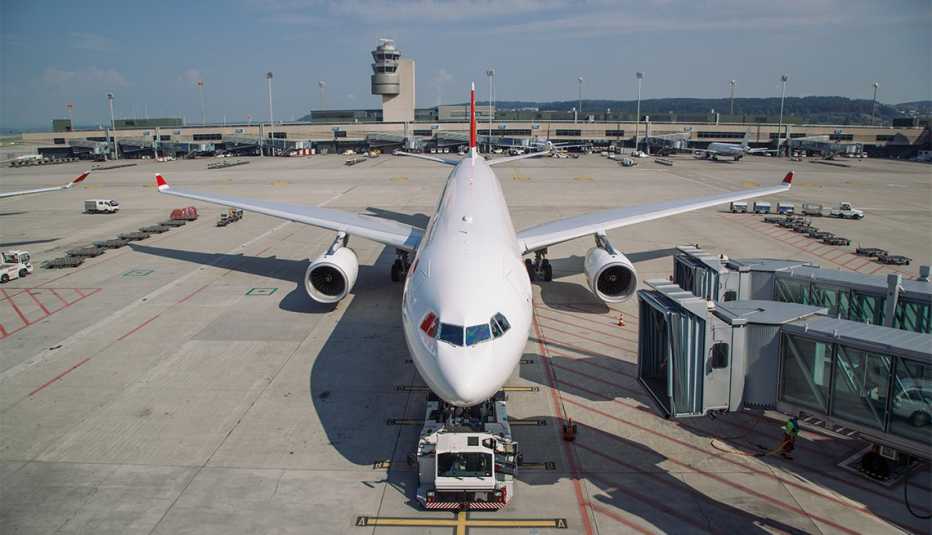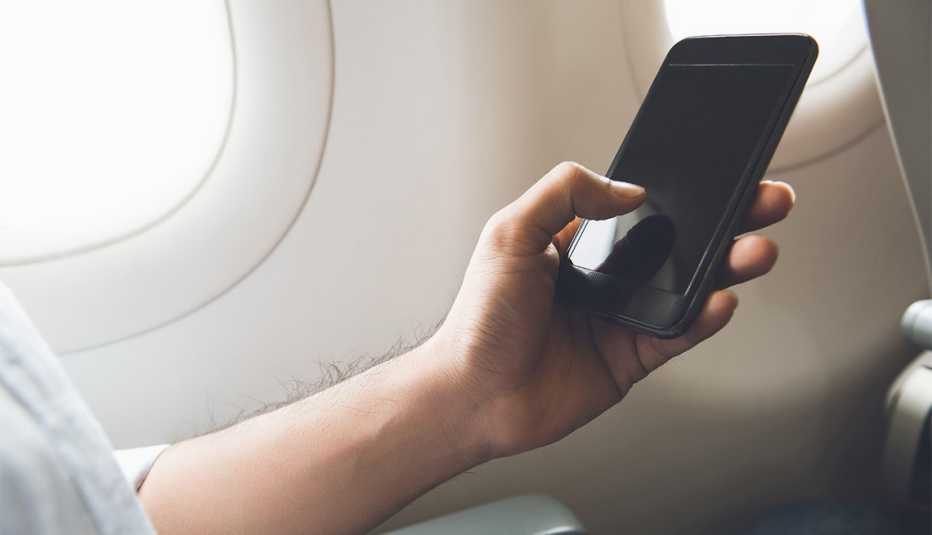Staying Fit
Ken Budd,
If you’re thinking about bringing your pup (or falcon!) onboard an upcoming flight, you’ll want to stay up to date on airlines’ evolving policies for animal companions, and plan carefully to ensure a smooth trip for you and your pet.


AARP Membership— $12 for your first year when you sign up for Automatic Renewal
Get instant access to members-only products and hundreds of discounts, a free second membership, and a subscription to AARP the Magazine.
Our tips:
First steps
1. Schedule a preflight vet visit. Before you book a ticket, take your animal to the vet for a checkup and to see if he’s a good flight candidate. Some pets struggle with travel because of illness, injury, age or temperament, notes the American Veterinary Medical Association (AVMA). Your pet will also likely need a health certification from your vet. Airlines usually require it within 10 days of traveling, along with rabies and vaccination certificates.
2. Review airlines’ pet policies. Policies can vary considerably, whether they're about weight restrictions, fees or acceptable carrier sizes. Most airlines require pet carriers to fit under the seat in front of you — that’s a pretty small space. The carrier will be counted as your one carry-on item. On Qatar Airways, you can’t bring a cat or dog onboard, but you can bring a falcon. Sites such as BringFido.com and PetFriendlyTravel.com have compiled the major airlines’ pet policies.
3. Think twice before claiming that your dog (or snake) is an emotional support animal. For years, many passengers said their pets were emotional support animals to avoid paying pet fees on their dogs and cats or to bring unusual animals — pigs, peacocks, squirrels, snakes — into the cabin during flights. That ended in December 2020, when the U.S. Department of Transportation ruled that only trained dogs that “perform tasks for the benefit of a person with a disability” could be classified as service animals. After that ruling, multiple airlines, including Alaska, American, Delta, Frontier and Southwest, announced they would no longer allow emotional support animals on board. To fly with a service animal, fill out this DOT form.


































































